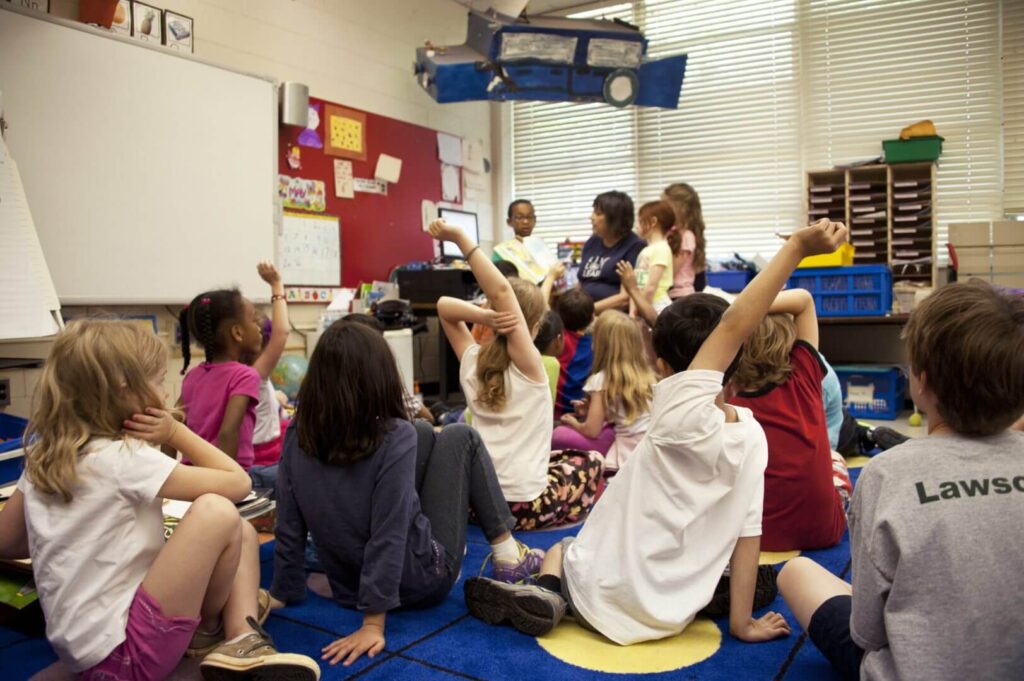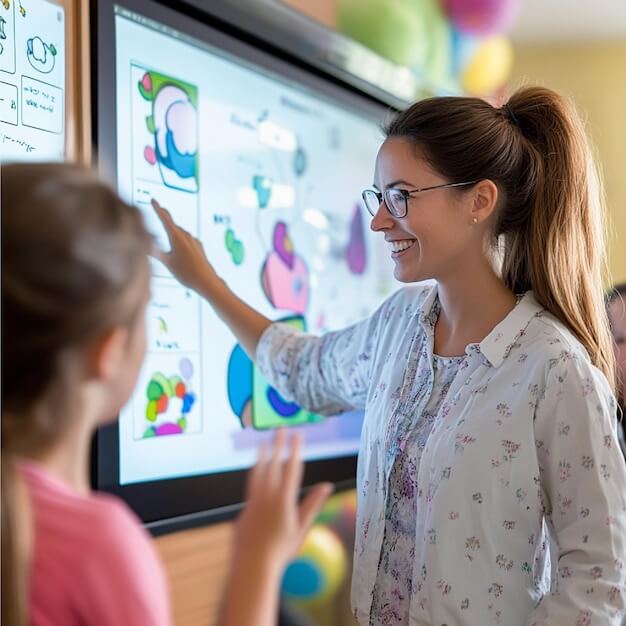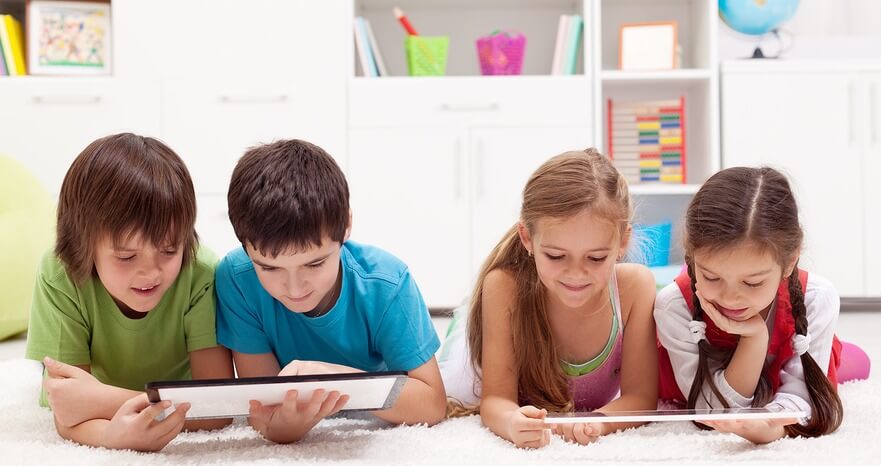Interactive activities transform traditional classrooms into dynamic learning spaces where students actively engage with content and each other. Discover essential types of interactive activities and proven implementation strategies that boost student participation and learning outcomes.

What Are Interactive Activities in the Classroom?
Interactive activities in the classroom are a teaching method that encourages students to actively participate in the learning process through communication, cooperation, and sharing of ideas. These activities not only help improve learning efficiency but also create a vibrant learning environment, and promote social skills and creative thinking ability.
– Importance and benefits of interactive activities:
- Increase participation: Students feel more excited when participating directly in the lesson.
- Soft skills development: Communication, teamwork, and problem-solving are significantly improved.
- Enhance memory: Hands-on activities help students remember longer than traditional teaching methods.
- Promote creativity: Students have the opportunity to express their personality and ideas.
Explore More Teaching Tips: What Are Some Hands-on Activities for Preschool & Elementary Students?
What Are the 4 Main Types of Interactive Activities for Effective Teaching?
Interactive activities are divided into many different categories to suit each lecture, each subject and each different level. Teachers should consider their choices to maximize the effectiveness of the activities.

How Do Game-Based Activities Enhance Classroom Learning?
Games are not only entertaining but also a powerful tool to help students learn more effectively.
- Game and quiz programs: For example, organize the game “Who is a millionaire” with questions related to the lesson.
- Question wheel: Use a dial to randomly select questions, creating surprise and excitement.
- Jigsaw puzzles: Provide content pieces, requiring students to assemble them into a complete picture to learn the lesson.
For example: In a geography lesson, teachers can design a map puzzle game for students to locate countries.
What Creative Activities Drive Personal Development in Students?
These activities help students develop independent thinking and personal expression.
- Drawing conceptual mind maps and acting: Students can create their own diagrams to analyze characters in literature.
- Improvisation exercises: Teachers present an unexpected situation, and students must respond quickly and creatively.
- Free writing sessions: Provide open topics and let students freely write their thoughts and ideas.
For example: In a literature class, teachers can ask students to write a paragraph describing their feelings after seeing a picture.
How Do Collaborative Learning Activities Boost Student Engagement?
These activities encourage students to work in groups, working together to achieve goals.
- Jigsaw Puzzles: Students are divided into groups and work together to complete an academic jigsaw puzzle.
- Peer-to-peer assessment sessions: Students discuss and give feedback on each other’s work.
- Group discussions: Each group discusses a different aspect of the lesson and presents it to the class.
For example, in a history lesson, students can divide into groups to research and present about different periods.
Which Technology-Based Activities Improve Modern Learning?
Incorporating technology into the classroom opens up many creative approaches.
- Virtual reality tours: Students can explore famous museums or landmarks right in the classroom.
- Inter-class Skype sessions: Students from different schools participate in online exchanges.
- Conducting online classes: Conducting lessons via Zoom or Google Meet with interactive activities such as grouping.
For example, in a biology lesson, the teacher uses virtual reality glasses to guide students to explore the structure of the human body.
Discover Related Guides: The ABC Model of Classroom Management: A Complete Guide for Teachers
How to Successfully Implement Interactive Activities

To prepare well and implement successfully, you need to pay attention to clear strategies and timing.
– Planning and preparation tips:
- Define clear objectives: Interactive activities need to be closely related to the lesson content.
- Prepare carefully: Prepare specific materials, tools, and time.
- Be flexible: Make sure the activity can be adjusted to real-life situations.
– Timing and pacing recommendations:
- Think, pair, and share: Allow 10 minutes for students to think individually, then pair and share their ideas.
- Brainstorming: Limit the time to 5-7 minutes to encourage rapid and diverse ideas.
- Buzz session: Organize a quick 3-minute discussion, with each student contributing one idea.
Frequently Asked Questions About Interactive Activities in Education
What are examples of interactive and non-interactive?
- Interactive: Organize a group game for students to solve a math problem.
- Non-interactive: The teacher reads the lecture without any questions or exercises for students.
The difference lies in whether students actively participate in the lesson or not. Interactive activities help students feel more interested and understand the lesson more deeply.
Continue Learning: Teacher Strengths and Weaknesses: How to Answer?
Applying interactive activities in the classroom not only improves the quality of teaching but also creates a creative and exciting learning environment. With the above strategies and practical examples, teachers can easily implement this method to promote student participation.






